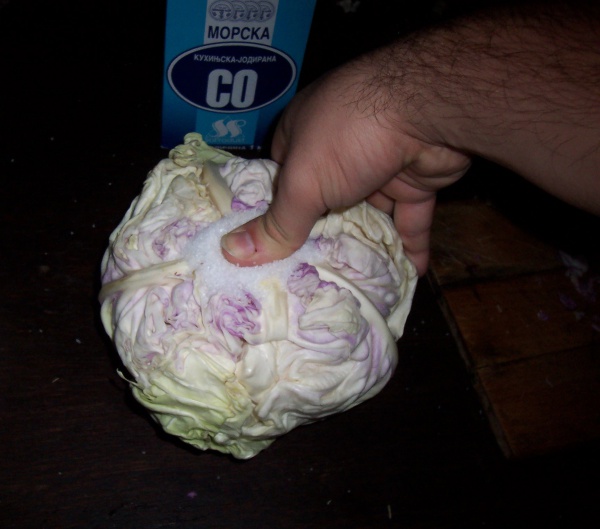Facts About Whole sour cabbage
Whole sour cabbage is a cherished traditional food in Romanian, Hungarian, Bosnian, Croatian, Serbian, Macedonian, and Bulgarian cuisines. Unlike sauerkraut, which uses shredded cabbage, whole sour cabbage involves fermenting entire heads of cabbage. This distinctive process, known as lacto-fermentation, takes several weeks to complete.
To prepare it, whole cabbage heads are salted and tightly packed into barrels filled with brine. A heavy weight is placed on top to keep the cabbage submerged, creating the anaerobic environment necessary for fermentation. The optimal temperature for this process ranges between 16-22°C. During fermentation, beneficial microorganisms such as Leuconostoc mesenteroides and Lactobacillus plantarum work to transform the cabbage.
Whole sour cabbage is a winter staple, prominently featured in traditional dishes like sarma (stuffed cabbage rolls) and podvarak (baked sauerkraut). It can also be enjoyed raw as a refreshing winter salad, often garnished with paprika or black pepper.
The preparation and enjoyment of whole sour cabbage are deeply embedded in the culinary traditions of these regions, showcasing the role of fermentation in preserving and enhancing the natural flavors of cabbage.
